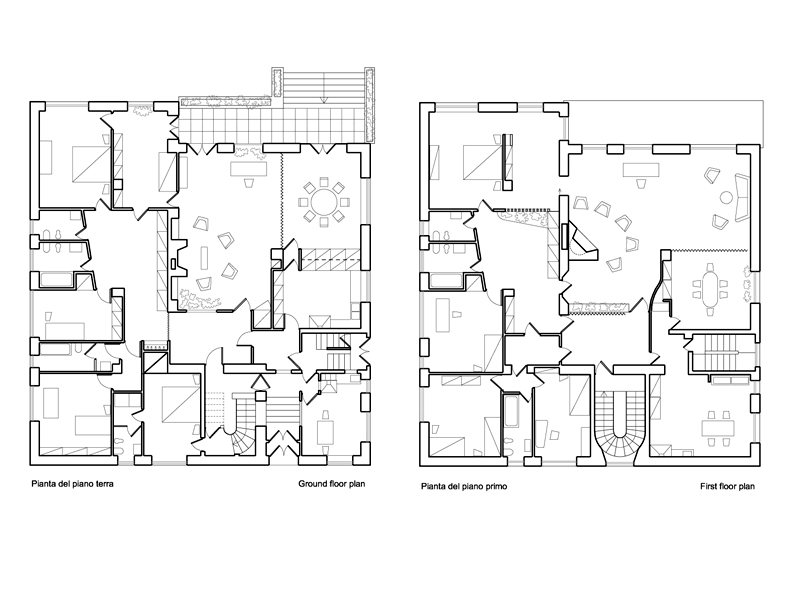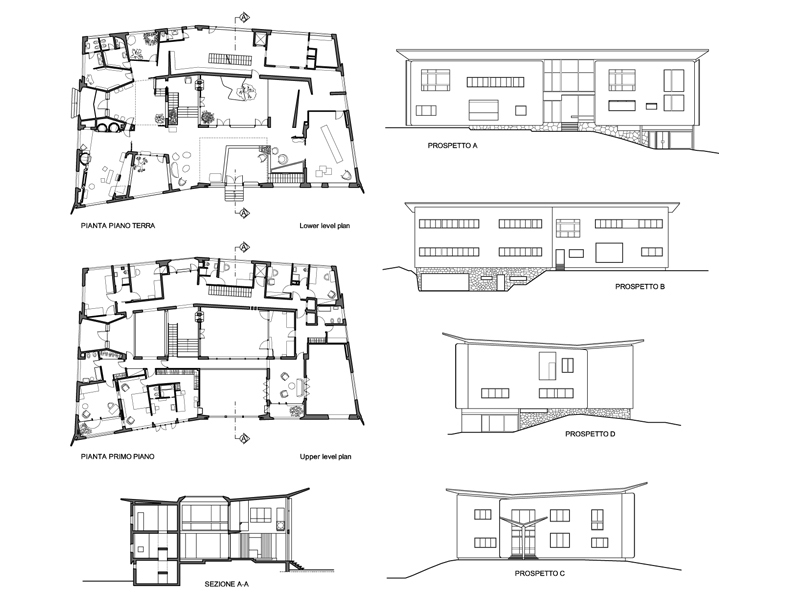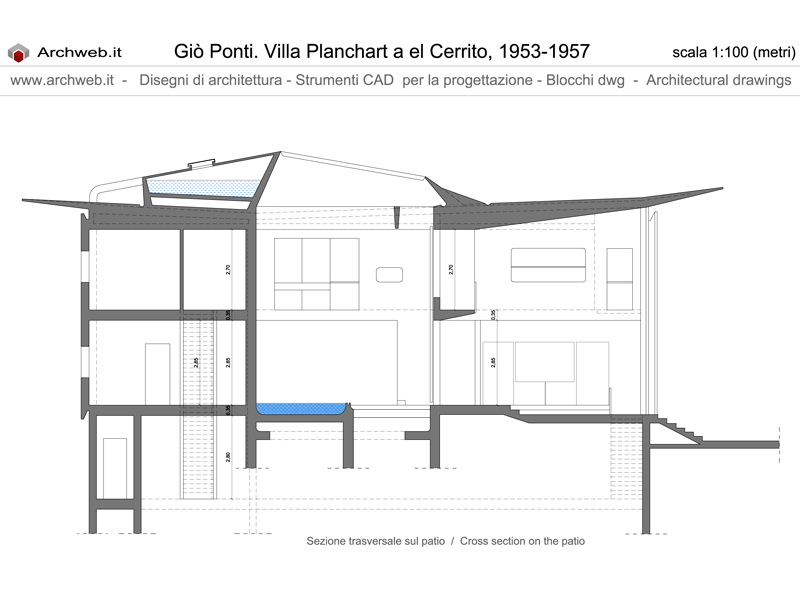The best designers in the world
Three designer names that you will never be able to forget

It is not easy to give a univocal definition of designer, there are in fact many branches of modern design and the professionals involved in them. We will refer to the definition of the term that appears in the Treccani dictionary: “Those who professionally deal with design, especially in the furniture sector”.
Let’s start from this definition to indicate who has stood out most in this world, proposing three names of designers that you will never be able to forget.
Philippe Starck (Parigi, 1949)
Philippe Starck is a French architect and designer. Its activity takes place in the most disparate sectors of design: industrial design, architecture, interior decoration, street furniture, household appliances, office automation, lighting, clothing, transport and many other fields (you remember the many branches we told you before ?). He is certainly among the most important designers since the end of the 20th century, he is considered in France as one of the pioneers of democratic design.
Starck’s design concept is to produce products sold at prices accessible to anyone. Rejecting design simply for beauty or as a symbol of wealth, Starck hopes his work can improve people’s lives.
“The popular is elegant, the rare is vulgar”, this is Starck’s signature phrase: delivering design to everyone as the ultimate aim of his work.
Gio Ponti (Milano, 1891-1979)
Architect, designer and artist, Gio Ponti graduated in Milan in 1921 and initially associated himself with Emilio Lancia and Mino Fiocchi (until 1933).
In 1927 he founded Il Labirinto to offer high-level furnishings and objects, considering design as a good dedicated to an elite.
With the founding of the magazine Domus in 1928, Ponti contributed intensely to the renewal of Italian production in the architecture and design sector, marking a profound renewal in the cultural landscape of the time.
It is impossible not to remember his successes as an architect. Ponti was responsible for the symbol of government Milan, the Pirelli skyscraper, designed in 1956 with Fornaroli, Rosselli and Nervi. In 1951 he built the second Palazzo and in 1957 he designed the Superleggera for Cassina, crowning an almost unrepeatable career in the world of Italian architecture and design.
Verner Panton (Gamtofte-Basilea, 1926-1998)
Verner Panton is a figure of great importance in the world of modern design in general and Scandinavian design in particular.
In 1955 he opened his own design studio and created his first furniture items for mass production, the chairs called Tivoli and Bachelor. Even in the case of the Danish, the design becomes popular and not inspired by the corporate elite.
In 1960 Verner Panton designed one of his most important articles: the Stacking series of chairs produced in plastic via injection moulding. The reason for so much success? For the first time the series had been produced from a single mould.
In the same years, he created a collection of inflatable chairs and was responsible for the design of the Hotel Astoria in Norway. In this project he puts the “total environment” into practice, that is, the use of the same style for the decoration of the walls, floors and ceilings of the same rooms.
In 1970 he created the Visiona II exhibition for the pharmaceutical company Bayer, in Cologne. The creation is based on a huge installation, based on the “total environment” principle used in previous years.
In 1994 there was the peak of mass production of his creations. The future rulers of low-cost furniture at IKEA produced a large number of Vilbert items, a series of chairs made of molded plywood which was first placed on the market in 1954.



































































